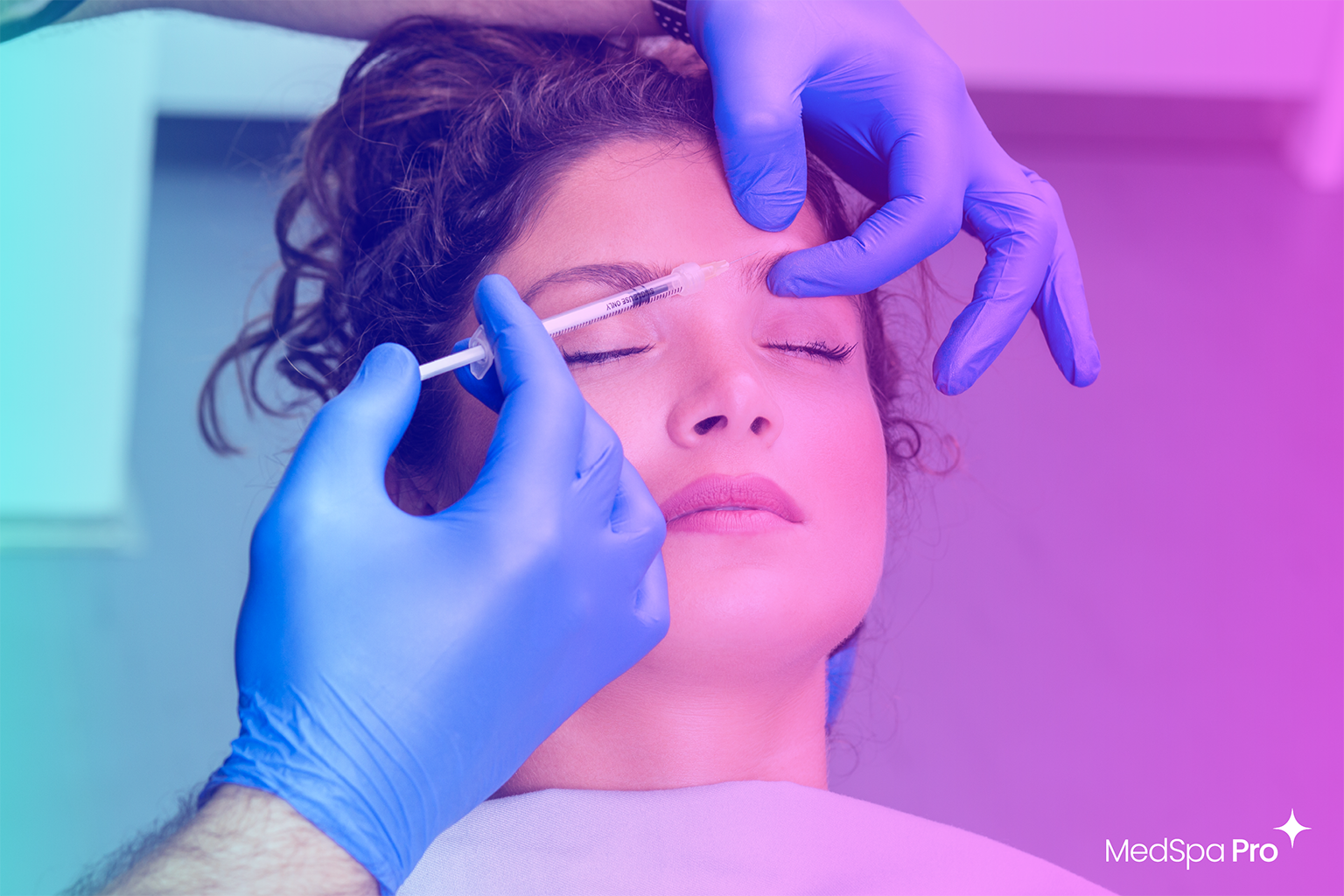
In today’s competitive aesthetics market, med spas have to navigate a variety of patient expectations. It’s no longer just about offering the latest devices and injectables — it’s also about keeping pace with shifting mindsets and evolving trends.
With the growing cultural acceptance of aesthetic procedures, there has come an undeniable increase in the number of younger patients seeking preventative treatments. These patients are not waiting until fine lines and wrinkles appear; they are taking proactive measures, opting for procedures while still in their 20s and 30s – a movement known as preventative aesthetics.
For med spas and their providers, understanding this shift is key to not only staying relevant in an ever-evolving industry, but also to forging lasting patient relationships and building trust.
Recent data highlights how Gen Zers and millennials are driving this shift toward preventative aesthetics. A survey from the American Academy of Facial Plastic and Reconstructive Surgery (AAFPRS) found that facelift patients are trending younger, aged 35–55. Meanwhile, McKinsey research shows that nearly 30% of Gen Zers and millennials in the U.S. report prioritizing wellness “a lot more” compared to just one year ago.
This demand is reflected in treatment preferences as well. Baby Botox (micro-dosing) has quickly become a top choice among younger patients who are seeking smaller, more natural-looking doses to delay wrinkle formation. Alongside this, minimally invasive options like chemical peels, microneedling, laser treatments, and medical-grade skincare are increasingly being adopted as part of long-term maintenance strategies.
Unlike corrective approaches, these preventative treatments are about subtlety and upkeep — helping patients preserve their natural beauty and maintain skin vitality, while building a foundation for long-term skin health.
Several factors are fueling this generational shift:
Desire to Delay Aging: Many younger patients want to start early to delay the inevitable onset of visible aging.
Social Media Influence: Constant exposure to cameras, screens, and influencer-driven beauty trends keeps appearance top of mind, driving people to want to look their best.
Greater Access to Information: With skincare content and medical insights just a click away, today’s patients are more informed than ever about preventative strategies.
Cultural Normalization of Aesthetics: Aesthetic treatments are increasingly viewed as self-care and maintenance rather than luxury indulgences, lowering barriers for first-time patients.
This trend presents an unparalleled opportunity for med spas to attract new clients, build trust and loyalty among younger patients, and strengthen their market position. By embracing preventative aesthetics, practices can create long-term relationships that evolve with patients’ needs while positioning themselves as leaders in a rapidly growing industry. Here are key strategies to maximize this opportunity:
Tailor Your Services: Create preventative-focused packages or starter treatment plans for younger patients, ensuring affordability and accessibility.
Refine Marketing Strategies: Position preventative treatments as part of a holistic wellness and self-care journey, not just cosmetic correction.
Educate with Authority: Use your expertise to guide patients, whether through websites, blogs, consultations, or social media, and help them make informed, safe decisions.
Invest in Training: Ensure your providers are skilled in micro-dosing techniques and age-appropriate treatments to deliver natural results.
While preventative aesthetics offers exciting opportunities, it’s important for med spas to approach these treatments thoughtfully. Understanding the potential risks and challenges ensures that younger patients receive safe, effective care while maintaining realistic expectations and long-term satisfaction.
Overuse or Starting Too Early: Aggressive treatment at too young an age can lead to overtreatment or unnatural results.
Maintenance Costs: Treatments like Botox every 3–4 months can add up significantly over time.
Patient Education: Setting realistic expectations and reinforcing the importance of lifestyle factors such as sun protection, nutrition, and skincare, is critical.
The rise of preventative aesthetics shows no signs of slowing down, and being at the forefront of this trend positions your med spa for growth. By approaching preventative treatments ethically and strategically, you can enhance patient outcomes, expand your patient base, and future-proof your practice.
Sources: